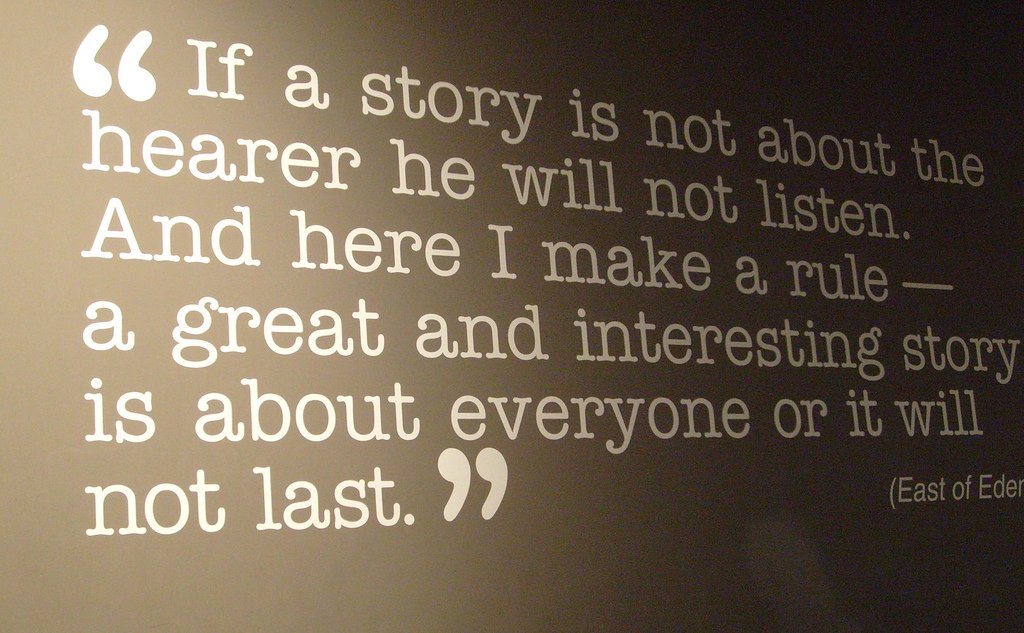
The power of story: photo by Jill Cardy
One of the secrets to great copywriting is storytelling. People are interested in stories. Stories get their attention. And it’s much easier to convince someone through a story than it is by banging them on the head with a raw sales pitch.
Which is where case studies come in. Case studies are superb marketing tools for two key reasons:
• They provide social proof
• They tell stories.
A good case study starts out with a hero – our satisfied customer. Like every good hero, he wants something – he has a story goal. He may want to find the perfect ice cream; or buy the car of his dreams; or learn to play the piano; or he might be looking for a world-class data centre where he can host the corporate databases and applications for which he holds prime responsibility.
There is conflict however: he doesn’t know how to reach this goal.
This conflict is resolved when he discovers product X or service Y. We see how he is able to reach his goal, and come to a satisfying happy-ending when product X delivers a huge range of benefits.
So, to write an effective case study, you need to remember you are telling a story about a person or a company that wanted to achieve something, what they did about that, and how it all worked out in the end. It gives a proven, rock-solid structure that works every time:
1) The problem – the status quo, the situation at the start of the story, where we see our hero/customer struggling to achieve his story goal.
2) The solution – we show how our hero found product X, and how he used it to achieve his goal.
3) The benefits – we show how using product X has enriched our hero’s life and made him happy-ever-after.
This formula should work for any case study you need to write, be it for a big company, or just a testimonial for online marketing. The story can be a few sentences long, or many thousands of words. The structure can remain the same – only the level of detail needs to change.
Remember, however, to give your story a touch of life. Every good story needs a believable character, so include details of the person/company and ideally a quote which lets us hear the proof in their own words.
Finally, make sure the quotes don’t read like corporate committee speak. Many a case-study has been ruined by the inclusion of so-called ‘quotes’ that don’t sound true to life. If the customer can only supply that kind of material, then change it so it sounds like a real quote, or write something for them. In either case, go back and get their approval.
If you’re not sure how to make up a quote for someone, just ask any journalist to help. They’re usually have strong experience in fabricating quotes…. 🙂
